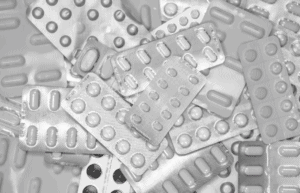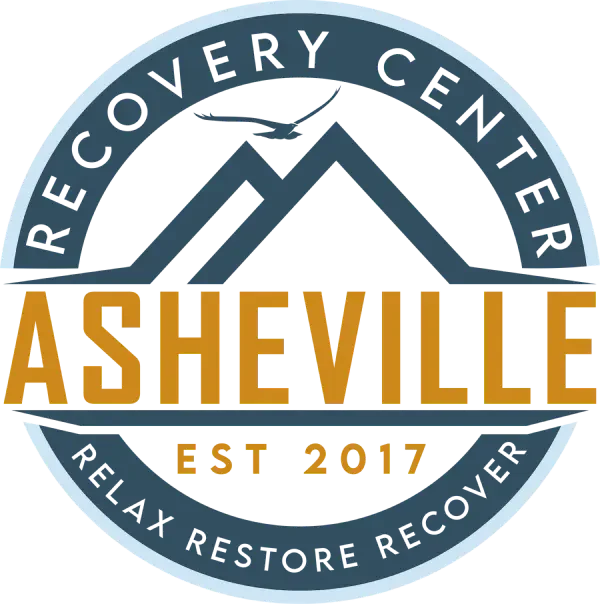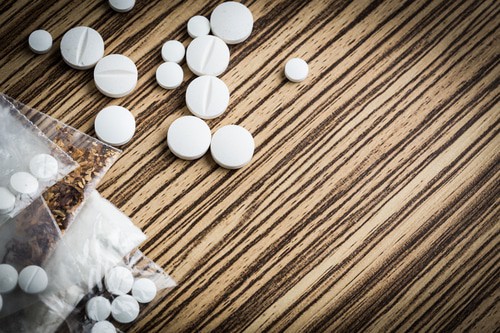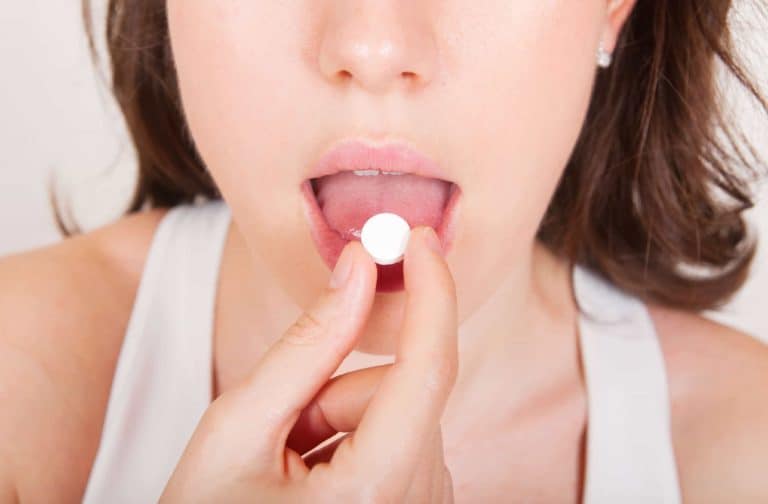History of Tramadol
Tramadol, also known by its brand name, Ultram, is a fully synthetic opioid first developed in early 1960s Germany. After decades of testing, the drug was finally approved by the Food and Drug Administration for use in the United States in 1995. Tramadol was and continues to be used for general pain relief and is milder than oxycodone. By 2014, mounting concern over tramadol misuse, abuse, addiction, and overdose resulted in the Drug Enforcement Agency rescheduling the drug into the schedule IV category. The new ruling didn’t do much to slow the progression of misuse and, by 2017, there were over 21 million tramadol prescriptions reported in the United States.

The Tramadol High
Tramadol is typically taken orally but can also be snorted or injected. It produces a high in which the user experiences:
Sense of calm
Dizziness
Sweating
Repressed breathing
Muscle weakness
Loss of appetite
Fatigue
Tramadol Side Effects
Long-term tramadol abuse can cause lasting effects and irreversible damage. Such side effects include:
Seizures
Suicidal thoughts
Respiratory arrest
Severe hypotension
Cardiac arrest
Tramadol Use in the United States
According to the Drug Enforcement Agency, 3.2 million people over the age of 12 in the US used tramadol for non-medical reasons in their lifetime. This represents about 10% of the total pain reliever abuse market. The graph below shows the recent increase in opioid-related deaths, including the synthetic opioid, tramadol.

Tramadol Addiction Treatment
Treatment for tramadol is similar to other substance abuse programs as it emphasizes behavioral therapy. Unlike opioid addiction treatments, there is no medical supplementation available to reverse the long-term side effects of tramadol abuse; therefore, it is extremely important to seek help immediately if you or a loved one is struggling with this addiction. At Asheville Recovery Center, treatment specialists utilize a 12-step program and practice holistic rehabilitation.
Services at the center include:
Partial Hospitalization Program – At Asheville Recovery Center we offer a partial hospitalization program for clients who need post-residential treatment as well as for clients who need primary treatment but are unable to enroll in inpatient programs. Our PHP track offers a variety of therapeutic services and benefits to individuals in early recovery from substance addiction. Our day program is full-time, offering all of the clinical hours provided in residential treatment (from 9 am to 5 pm) with the benefit of allowing clients to return home to a structured sober living environment at night. This gives individuals the opportunity to build a community of peers and practice life skills, such as cooking, cleaning, and self-care, while still participating in immersive and intensive clinical addiction and trauma treatment.
Outpatient Rehabilitation – During intensive outpatient treatment, clients live at home or in a sober living residence which can help keep them accountable for their recovery commitment. Our staff coordinates with local, reputable sober living homes to ensure that our clients are living in a safe place and that their needs are being met, even when they are not at clinical sessions. During this time, clients are also encouraged to become involved in local twelve-step fellowships, to find sponsors, and to begin working the steps of recovery through participation in these groups. IOP is a place where clients can process their experiences in twelve-step fellowships and support one another in those individual journeys.
Addiction is difficult to overcome alone. If you feel that you or a loved one is struggling with tramadol abuse, our specialists are on standby and ready to help. Call (828)383-0784 and speak with an addiction expert today.






